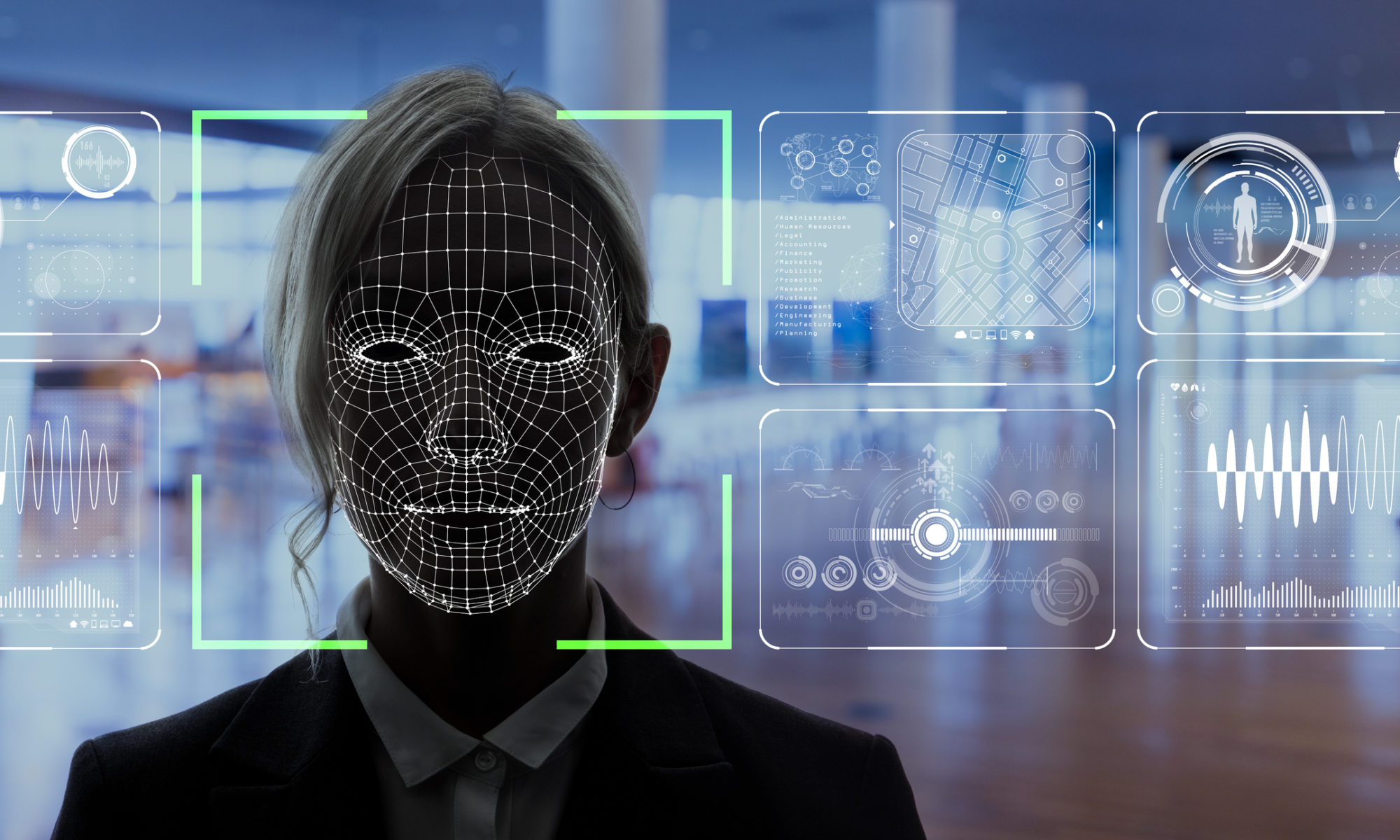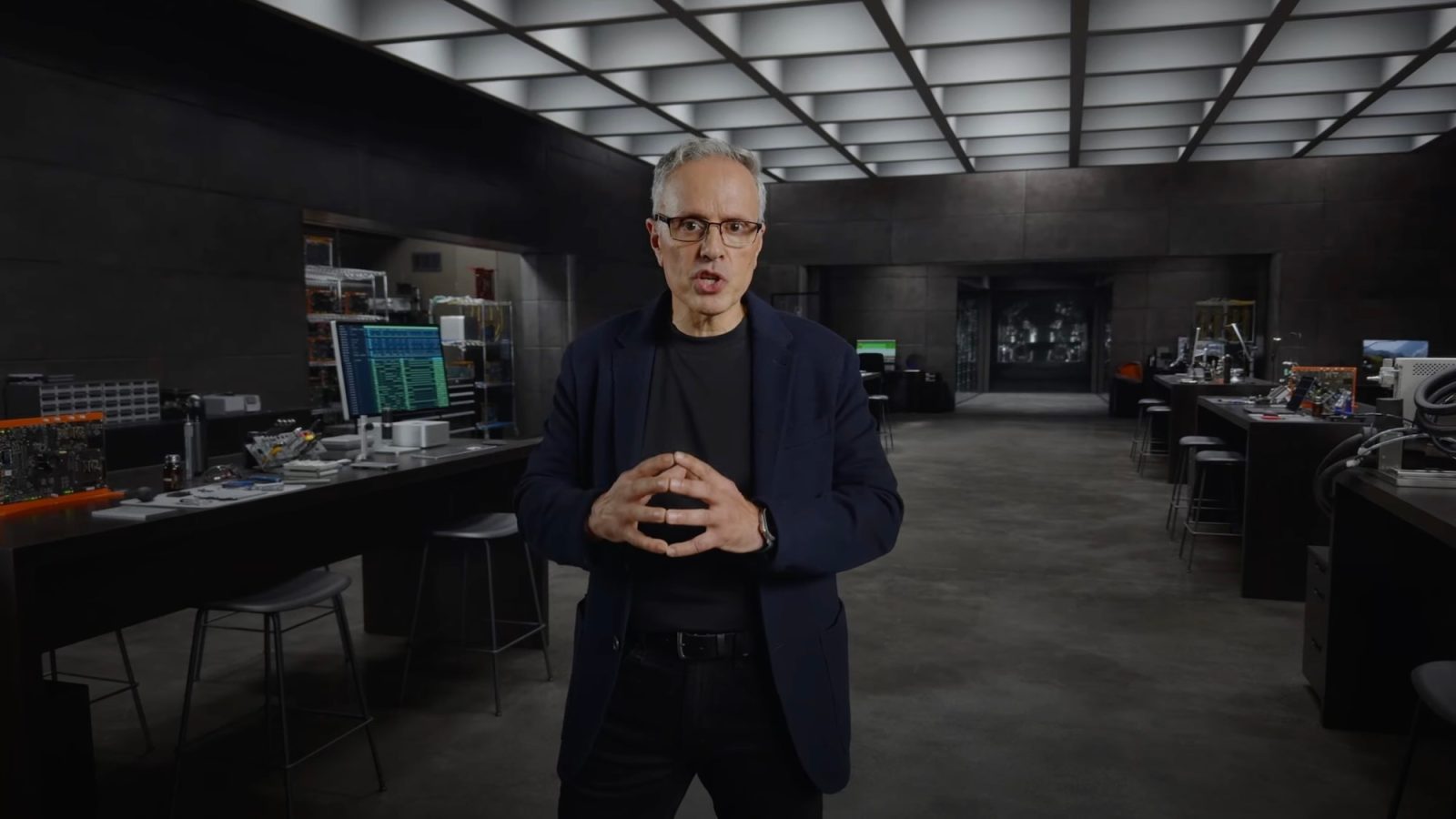
The facial recognition technology that the United States has been testing in airports has officially caught its first imposter. This came just three days after Washington Dulles International started to use it. According to US Customs and Border Protection (CBP), a 26-year-old-man from Sao Paulo, Brazil successfully fooled people with a French passport until he presented it to a Dulles officer who used the new facial recognition technology. The system determined that his face wasn’t a match with the person in the passport. He was sent for a comprehensive check, which revealed the Republic of Congo ID hidden inside his shoe.
Is it ok to use this kind of technology? Privacy advocates are concerned that the technology could be used to track people and could put law-abiding citizens in trouble if the technology can’t recognize their faces. That said, CBP believes it will significantly bolster airport security and speed up processing time for travelers. Of course, that is the argument because that’s everyone’s pet peeve while traveling. I’m not saying that it won’t do that, or it wouldn’t be beneficial if they did that. I’m just saying that it’s “always” the reason for more airport security measures.
Dulles first tested the use of facial recognition as a security measure back in 2015, but it has only just implemented the technology. And we mean just – it started using this technology on August 20, 2018. Dulles is one of the first airports to launch biometric entry and exit using facial comparison. The data it collects will help CBP determine how to use the technology. The agency is hoping to be able to completely replace boarding passes and IDs with a new security pass that only uses facial recognition in the future.
https://www.youtube.com/watch?v=b-pqF1g33wY
Another question that I have is how accurate this technology is. For example – over the last few years, I’ve lost a lot of weight, and it’s most prominent in my face. But my old passport and even other ID has my larger face on it, and while I fundamentally look the same, will the facial recognition be able to identify that it’s me? Meaning is it sophisticated enough to look at the characteristics of my face (distance between my eyes, bone structure etc.,)? Or is it simply scanning my face and attempting to match it to my passport?
For this to work, CBP first builds a photo gallery of all the travelers on US-bound international aircraft using flight manifests and travelers’ documents (mainly passports and visas). When they touch down on American soil, TSA officers guide travelers to a camera next to a document checking podium, which snaps a picture and compares it to the one on their travel documents to determine if they’re indeed who they claim to be.
The aim is to ensure that terrorists and criminals won’t be able to enter the United States. But like I said a bonus side effect is that this will speed up how fast you can get through the airport. It might even allow travelers to get through security without having a boarding pass. All of this sounds great, I just hope that it’s used in the way that they intend to use it and that no innocent people get mixed up because the technology isn’t working properly.



